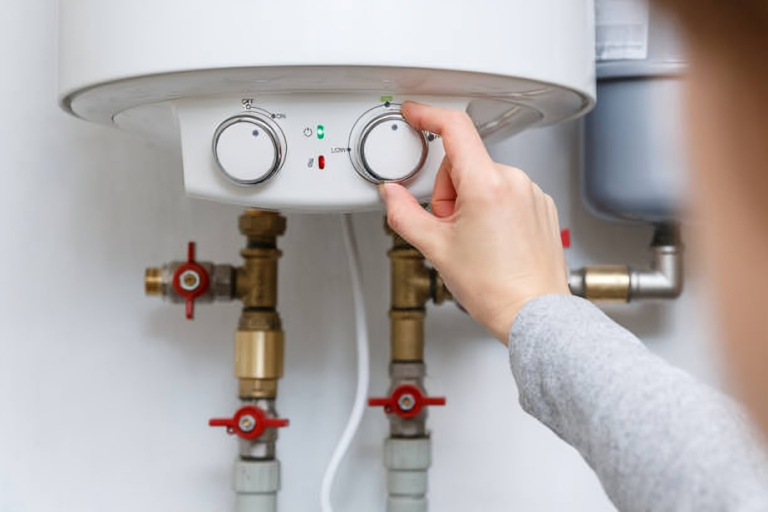Installation Tips For Interior Tiles: Dos And Don’ts
Tiles are a versatile and popular choice for interior flooring and walls, offering durability, aesthetic appeal, and easy maintenance. However, achieving a flawless tile installation requires careful planning, preparation, and execution. Whether you’re embarking on a DIY project or hiring a professional, adhering to essential dos and don’ts can make a significant difference in the outcome of your tile installation. Here are some crucial tips to ensure a successful interior tile installation
To Know More About It Click Here
Dos
1. Plan and Measure Thoroughly: Before starting the installation process, carefully plan the layout of your tiles. Take accurate measurements of the area to be tiled, allowing for any cuts or adjustments needed around corners, edges, or obstacles. Proper planning helps minimize waste and ensures a balanced and visually appealing layout.
2. Use High-Quality Materials: Invest in high-quality tiles, adhesives, grouts, and tools for your installation. Opting for premium materials may incur higher initial costs but can save you from headaches and repairs in the long run. Quality materials contribute to the longevity and stability of your tile installation.
3. Prepare the Surface: Proper surface preparation is crucial for a successful tile installation. Ensure that the substrate, whether it’s concrete, wood, or drywall, is clean, flat, and free of any debris, grease, or moisture. Use appropriate primers or sealers to promote adhesion and prevent moisture-related issues such as mold or mildew.
4. Follow Manufacturer’s Instructions: Different types of tiles and adhesives have specific installation requirements. Always refer to the manufacturer’s instructions for recommended techniques, curing times, and application procedures. Failure to follow these guidelines could compromise the integrity of the installation and void warranties.
5. Use Spacers: Utilize tile spacers to maintain consistent spacing between tiles. Spacers help ensure uniformity and precision in your tile layout, especially for grout lines. Remove spacers before grouting, following the recommended drying time for the adhesive.
6. Work in Sections: Divide large areas into manageable sections for more efficient installation. Start from the center and work your way outward, gradually laying tiles row by row. This approach helps maintain alignment and prevents the premature setting of adhesive or grout.
7. Allow for Expansion Joints: Incorporate expansion joints where necessary, particularly in large tiled areas or transitions between different substrates. Expansion joints accommodate natural movement and prevent cracks or buckling in the tile installation over time.
Don’ts
1. Rush the Preparation: Skipping or cutting corners on surface preparation can lead to adhesion failures, tile cracks, or uneven surfaces. Take the time to properly clean, level, and prime the substrate before laying the tiles.
2. Overlook Moisture Control: Moisture can be a significant threat to tile installations, particularly in wet areas such as bathrooms or kitchens. Use waterproof membranes, vapor barriers, or sealants as needed to protect against moisture intrusion and ensure the longevity of your installation.
3. Neglect Grout Sealing: Grout sealing is essential for preventing stains, mold, and discoloration in grout lines. Once the grout has fully cured, apply a quality grout sealer according to the manufacturer’s instructions. Regular resealing helps maintain the appearance and integrity of your tile surfaces.
4. Forget About Expansion and Contraction: Tiles expand and contract with changes in temperature and humidity. Failure to accommodate these movements with expansion joints or flexible adhesives can result in cracked or buckled tiles. Pay attention to environmental conditions and follow recommended installation practices to minimize the risk of tile damage.
5. Ignore Safety Precautions: Tile installation involves working with sharp tools, heavy materials, and potentially hazardous chemicals. Always wear appropriate safety gear, including gloves, goggles, and respiratory protection, when handling tiles, adhesives, or grouts. Additionally, ensure proper ventilation in the workspace to mitigate exposure to fumes from adhesives or sealants.
Conclusion
By adhering to these dos and don’ts, you can ensure a successful and long-lasting interior tile installation. Whether you’re tackling the project yourself or entrusting it to professionals, careful planning, proper preparation, and attention to detail are key to achieving beautiful and functional tile surfaces in your home or commercial space. With the right techniques and materials, you can enjoy the benefits of stylish and durable tiled floors and walls for years to come.








